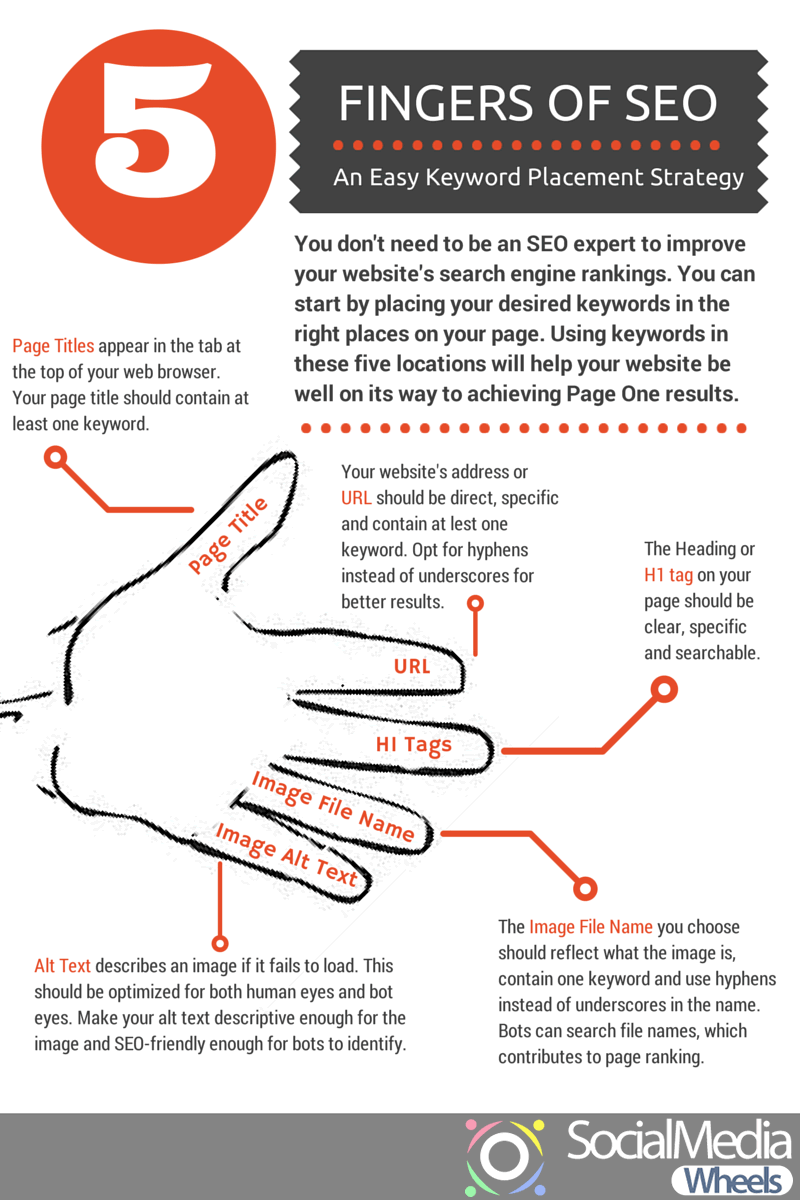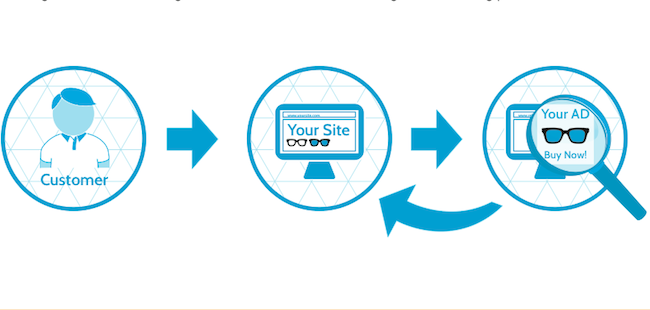Search Engine Optimisation (SEO) is a digital marketing term which is used daily by online marketing professionals and web developers to such an extent that sometimes business owners are too embarrassed to ask what SEO is exactly. This is nothing to be ashamed of. Everyone has their own profession and has certain areas of expertise. So, for those of you who haven’t spent countless years studying the science that is SEO, according to Wikipedia, SEO can be defined as follows;
“Search engine optimisation (SEO) is the process of affecting the visibility of a website or a web page in a search engine’s “natural” or un-paid (“organic”) search results”.
While having advanced knowledge of SEO strategies would almost certainly help your website outperform your competition’s site, you don’t have to be an SEO guru on every SEO aspect to help improve your website’s ranking on Search Engine Results Pages (SERP), and there a number of basic SEO techniques that you can perform which will certainly help your ranking. The first step to any SEO campaign is deciding upon your keywords. There are a number of keyword analysis tools out there which will help you analyses your keywords to determine which words and combinations you should use to help your website rank higher for said keywords on the SERP. Once you have a list of keywords, you need to place them onto your website.
Where do I Place the Keywords?
The keywords should be inserted into the following five places on your page:
- URL
- Alt Text
- Page Title
- H1 Tag
- Image File Name
Congratulations! You are now likely to see improved rakings for your keywords on major search engines result pages. Check out this useful infographic for more information on basic SEO.


